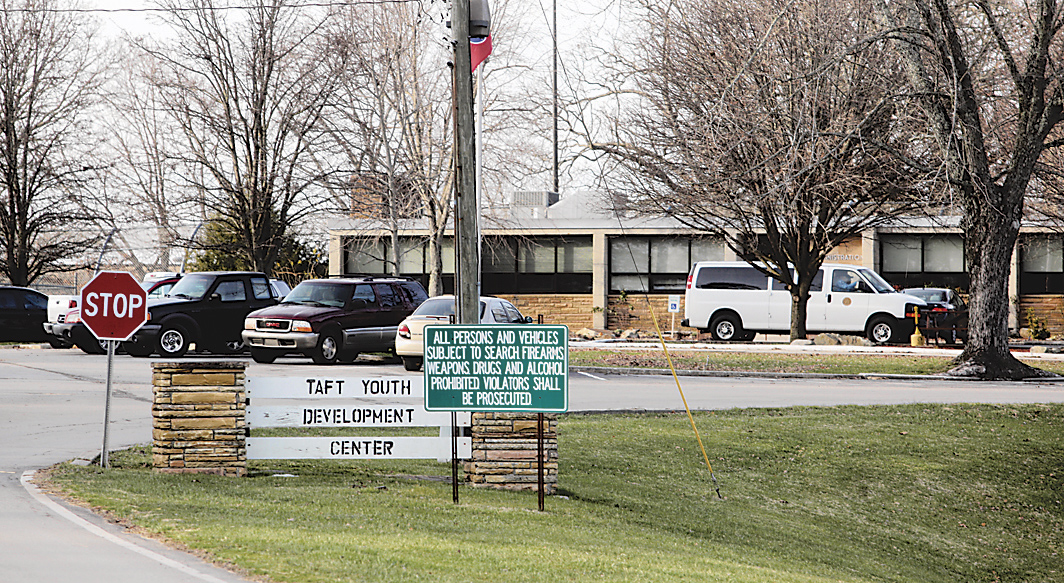Plans unfold for Taft Youth Development Center closure
Friday, January 1, 1904
After state House members battled over the future of Taft Youth Development Center on Thursday but failed to save it, state Department of Children's Services officials spelled out initial plans for the teens housed there as the facility's closure approaches.
A week ago, there were 62 student inmates at Taft, according to the department.
In a prepared statement, Children's Services spokesman Brandon Gee said Thursday that the state agency started diverting admissions to Taft in February in anticipation of shuttering the nearly 100-year-old campus -- which has buildings dating from the 1940s to 2007 -- when funding runs out June 30.
The closure was proposed by Department of Children's Services Commissioner Kathryn O'Day in November in response to Gov. Bill Haslam's call for across-the-board budget cuts of 5 percent. O'Day contends the closure of Taft will net savings of $8.5 million.
Gee said the department now "is finalizing the plans for transition" for remaining students at Taft and that 17 of the facility's students have been discharged or placed in step-down programs because they have completed their sentences or programs. Eight other students were transferred to one of the state's other four youth centers, he said.
Characterizations that Taft holds the state's more violent offenders is inaccurate, Gee said, though law enforcement officials, lawmakers and East Tennessee Juvenile Court judges who assign students to the centers repeatedly have described Taft as holding "the worst of the worst."
Gee and Children's Services spokeswoman Molly Sudderth said all centers hold a mix of offenders.
On Thursday, lawmakers such as former sheriff and now-Rep. Eddie Bass, D-Prospect; Rep. Jim Cobb, R-Spring City; and Rep. Cameron Sexton, R-Crossville, who had pitched an unsuccessful proposal to move $12 million back to Taft, voiced concerns that teens who once would have been sent to the Bledsoe County center and now are being sent elsewhere could pose a safety problem for students at other centers.
"What we're saying here is the closing of Taft could very well place employees' and students' safety at risk at the other [youth centers]," Sexton said during Thursday's House debate.
He pointed to an incident this month at the Mountain View center in which a student hit a teacher with a shovel, splitting the teacher's hand and cracking his skull and an eye socket.
Children's Services officials say the April 16 attack involved a 16-year-old who remains at Mountain View, while the teacher has returned home from the hospital but not yet returned to work.
While Sexton suggested Thursday that the student normally would be sent to Taft after the attack, officials said he could have been sent to any center and that those decisions are made "on a case-by-case basis."
Children's Services officials also said there has been no increase in the number of assaults at the centers since the proposal to close Taft. In fiscal year 2010-11, there were 12 assaults on staff members involving injury systemwide, they said.
With the closing of Taft, Children's Services officials have said that many of its students will be sent to the now 50-bed, all-female New Visions center in Dandridge, Tenn., which will be converted to accept boys.
"Not all students at Taft will go to New Visions," Gee said. "We have capacity available throughout the system and are staffing up our other facilities to accommodate increased populations."
The department is in contract negotiations "with one of the submitting agencies" for services for the girls who will be moved out of New Visions, according to Gee. The agency has $2.6 million in its budget for the contracted services for girls, he said.
In the end, the department is trying to make the system more efficient, officials said.
The state centers have a 69.4 percent occupancy rate that costs $309.57 per child per day, Children's Services officials said. By consolidating five centers to four, the occupancy rate will improve to 87 percent with the per-day per-child cost decreasing to $254.93, according to the department.
"This increases efficiency throughout the system," Gee said.
